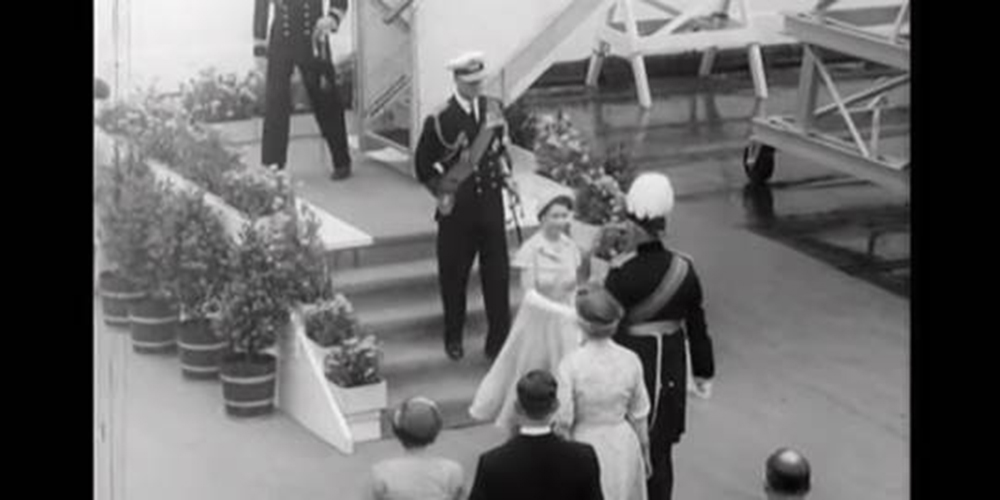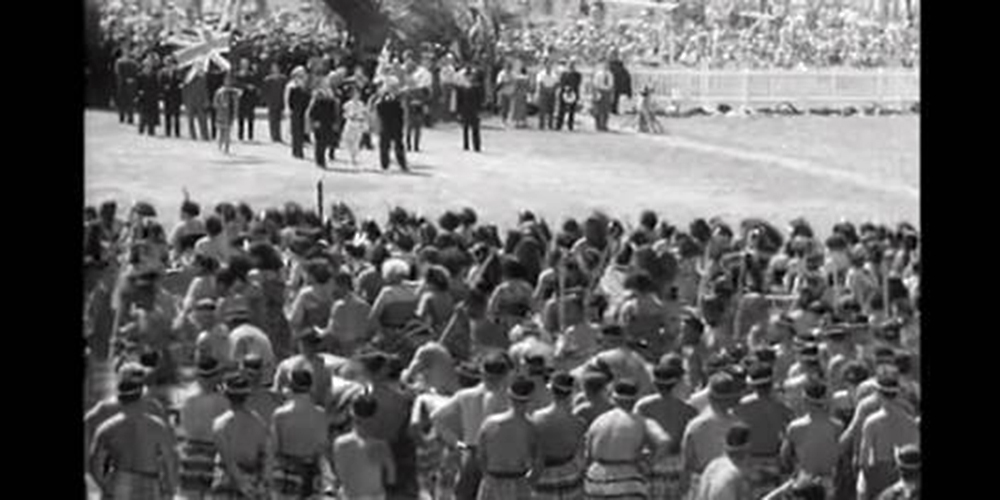Cora-Alan Wickliffe
Everything is Ka Pai
18 September 2018 - 28 October 2018
A REAR WINDOW PROJECT
A Pōwhiri is a Māori welcoming ceremony which involves different processes depending on the type of visitors. The colourful and distinctive manner in which Māori greet visitors is the custom which usually makes the strongest impression. The practice dates back to before Europeans arrived in New Zealand and has survived so long as it is highly practical and now an important tradition. Beginning with a Karanga or a Wero, which is a process that allows the guests to cross the threshold onto Tangata Whenua land. From there the exchange may include speeches, dances, songs and then the Hongi.
The Hongi is a part of the ceremony where guests and hosts personally greet one another with the pressing of noses and a handshake. In the Hongi, the Ha (breath of life) is exchanged which is an interpretation of the sharing of both parties’ souls. Through this exchange the visitor is now considered Tangata Whenua (people of the land) for the remainder of their stay and is obliged to share in all duties and responsibilities of the home people as they are now considered one people.
As the Black and White images begin, the archival landscape is laid out from the Queen’s first step off the boat, to her being greeted via Pōwhiri onto Turangawaewae Marae which is the home of the Māori royal family and the Kingitanga. During her visit she is met by crowds of people and makes her way through concerts, traditional processions, private tour, meet and greets before departing to the sky.
These images are accompanied by the popular New Zealand folk song Haere Mai (1954) by Daphne Walker which repeats the words Haere Mai (Welcome) and Ka Pai (Good/Fine) as a reassuring voice that all are welcome. The optimistic song almost diverts our attention from the exchange we are witnessing between the colonizer and the colonized making us for a moment forget the tension that exists between the parties.
The footage and musical lyrics are timed specifically to draw attention to the physical exchange between the parties, which open up the moving image to a more critical reading of the guest and the shift of power within the space. After previously explaining what a Pōwhiri entails I highlight through the placement of the archival landscape a mountain of thought about the physical exchanges that did not occur and the weight of what that means.
—Cora-Allan Wickliffe


